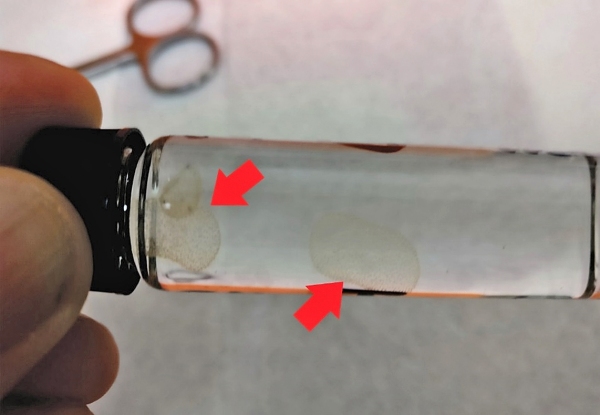What do you know about Protists?
By Adriana Lopes and Miguel Mendez Sandin
Protists can be found in nearly every ecosystem on Earth that harbours life, the term referring to single-celled eukaryotic organisms. Many thousands of species have been described, yet still entire groups are only known from their DNA—their form, life style and biology remain unknown. Protists are responsible for numerous ecological and biogeochemical functions in all environments, including: photosynthesis, trophic coupling, elemental transformations and decomposition.
Photosynthetic protists (phytoplankton) form the base of food web in aquatic environments, and heterotrophic groups are essential in the remineralization of elements in water, sediments, and soils. Protist can be strictly phototrophs, heterotrophs, mixotrophs, live in symbiosis with larger organisms, and carry their own symbionts.
Marine planktonic (those drifting in the water column) protists are not only taxonomically diverse but also span three orders of magnitude in size, ranging from picoplankton (0.2–2 µm) up to mesoplankton (0.2– 2 mm). Individual cells of most species are solitary, but many species also have the ability to form chains or colonies that can be seeing with the naked eye.
During the voyage, we collected planktonic protist cells for which DNA will be sequenced for taxonomic identification, but also to understand their physiology through the daily diel cycle. More delicate and big cells were manually collected, their form documented by photography and the material preserved in alcohol for DNA sequencing.
We also tried to culture them by adding the cells to sea water enriched with nutrients and vitamins. Back in the lab, we hope to find new groups and new species, but also to understand which factors control the growth of these amazing tiny organisms and their role in the environment.


